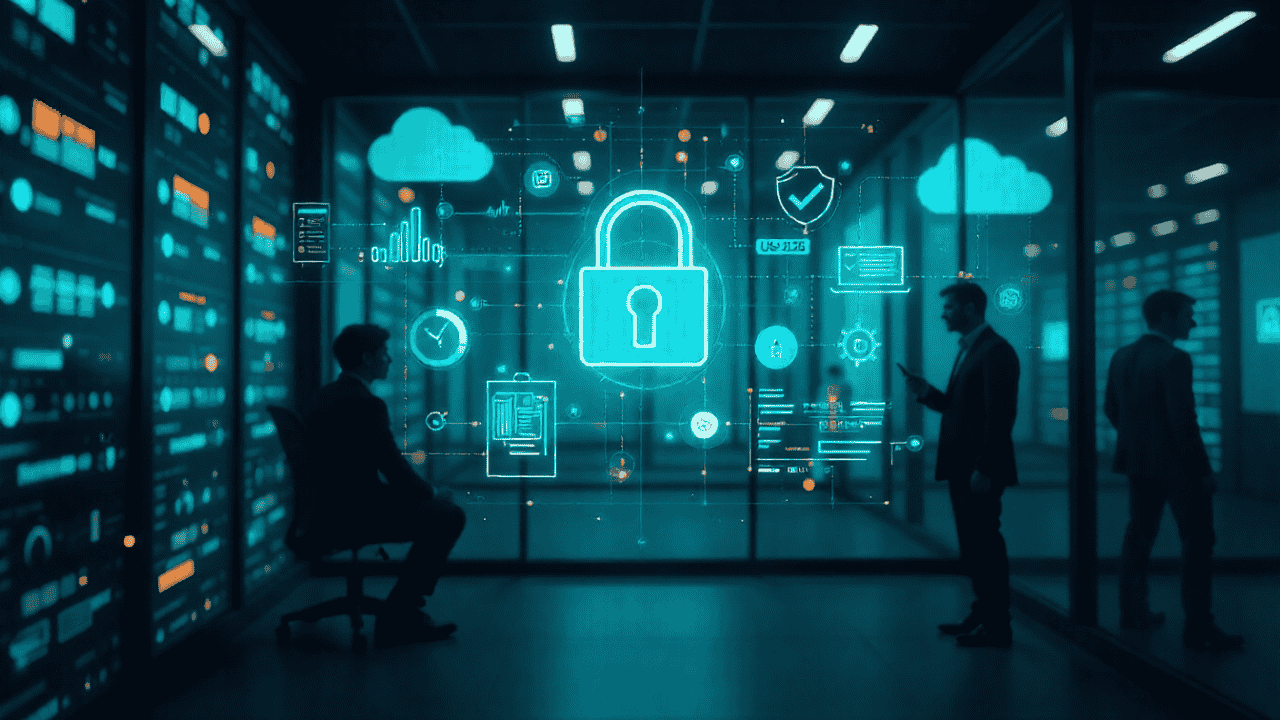
In today's digital age, where data breaches and cyber threats are prevalent, maintaining strong security measures and regulatory compliance is crucial. Organizations are not only responsible for protecting their sensitive data but also for earning and preserving the trust of clients, partners, and stakeholders. To demonstrate their commitment to data security and privacy, organizations often utilize frameworks like the Service Organization Controls (SOC) suite of reports. These reports assess an organization's controls across different operational aspects, including security, availability, processing integrity, confidentiality, and privacy. The SOC framework offers various tailored reports to meet specific organizational needs, allowing businesses to showcase adherence to best practices and instill confidence in their clients and partners in an interconnected digital landscape. Following are the different types of SOC Reports :
SOC 1 Reporting : SOC 1 reports are specifically tailored to address internal controls over financial reporting. These reports are crucial for service organizations that directly impact the financial statements of their clients. In essence, SOC 1 reports offer assurance to clients and stakeholders that the service organization's controls are effectively designed and operating to ensure the accuracy and reliability of financial reporting.Typically, businesses that offer services such as payroll processing, data center management, and other functions that have having financial implications for their clients opt are required to undergo for SOC 1 audit process reports. These reports provide a deep dive into controls related to transaction processing, data accuracy, and financial integrity. By undergoing a SOC 1 audit, service organizations can not only demonstrate their commitment to maintaining high financial standards but also instill trust in their clients' financial transactions.
SOC 2 Reporting : SOC 2 reports evaluate an organization's controls across five key dimensions, known as the Trust Services Criteria: Security, Availability, Processing Integrity, Confidentiality, and Privacy. SOC 2 assessments are crucial for organizations that deal with sensitive data and services in the cloud or other digital platforms. The flexibility of SOC 2 makes it applicable across various industries, including healthcare, finance, technology, and more. These reports are particularly useful for assuring clients that an organization's systems are secure, available, and uphold data integrity. Depending on the specific Trust Services Criteria that are most relevant to an organization, they can choose between a SOC 2 Type I report, which evaluates controls at a specific point in time, or a SOC 2 Type II report, which assesses controls over a specified period.
SOC 3 Reporting : SOC 3 reports, often referred to as "general use" reports, provide a high-level overview of an organization's controls without diving into the technical details. These reports are designed to be shared with a broader audience, including potential customers, partners, and the public at large. SOC 3 reports are presented in a format that is easy to understand and can be used to demonstrate an organization's commitment to security and privacy without revealing sensitive information. By obtaining a SOC 3 report, organizations can effectively communicate their adherence to industry standards and best practices in a way that resonates with a wider audience. These reports serve as a powerful tool for building trust, showcasing a commitment to data security, and gaining a competitive edge in the marketplace.
SOC for Cyber Security : Formerly known as SOC 2 for Cybersecurity, SOC for Cyber Security reports take a unique approach to evaluating an organization's controls. In an increasingly digital world where cyber threats are ever-evolving, these reports focus on the organization's cybersecurity risk management program. They assess controls related to identifying, protecting, detecting, responding to, and recovering from cybersecurity events. Given the dynamic nature of cyber threats, SOC for Cyber Security reports offer a real-time assessment of an organization's ability to defend against and respond to these threats. This report is essential for businesses that want to showcase their preparedness in the face of cyber risks and demonstrate their commitment to safeguarding sensitive information.
Each type of SOC report serves a distinct purpose, and organizations can choose the report that best aligns with their operational focus, client expectations, and regulatory requirements. By understanding the nuances of each report, businesses can make informed decisions to enhance security, compliance, and transparency in their operations.

 +91 9594449393
+91 9594449393 +1 4847906355
+1 4847906355 +63 9208320598
+63 9208320598 +44 1519470017
+44 1519470017 +84 908370948
+84 908370948 +7 9639173485
+7 9639173485 +62 81808037776
+62 81808037776 +90 5441016383
+90 5441016383 +66 993367171
+66 993367171 +254 725235855
+254 725235855 +256 707194495
+256 707194495 +46 700548490
+46 700548490


